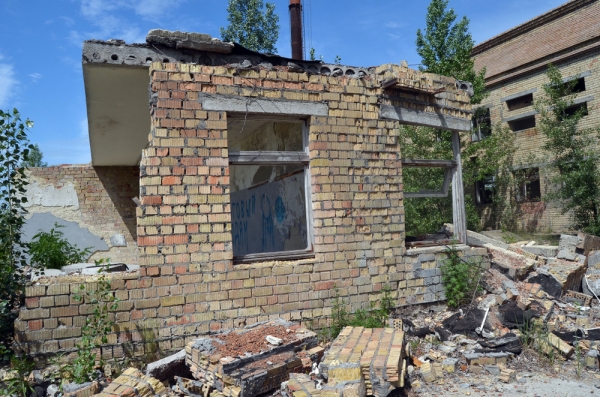While Russian troops have started military operations in Ukraine, the war for the civilians living in the Eastern region of the country began in 2014 and has never ended. Indeed, data in hand, the situation can only get worse.
Until last week, the number of direct victims of the conflict (deaths and injuries due to war) was relatively low, while that one of those indirectly affected was considerable: about 2.5 million people, including residents in border regions and internally displaced people (IDPs). Only 1.8 are reached by the humanitarian operations of international organizations.
Civilian victims of the conflict (data updated to 17 February 2022)
According to official data from OCHA, the United Nations Office for Humanitarian Affairs, from the beginning of the conflict in 2014 until 31 December 2021 dead civilians are 3,106, while the injured or mutilated over 7,000.
The OCHA reports that from 1 January to 31 December 2021 direct victims for causes related to the conflict were 110 (25 dead and 85 injured). The first six months of 2021 recorded a significant decrease in victims compared to the previous year; this trend, unfortunately, has undergone a reverse thrust from August 2021, with situation worsening. In 2021 the victims of the actual military clashes were 44.
At least until today, in Ukraine people have continued to die mainly from the presence of mines and unexploded war remnants, which represents the cause of damage to civilians in 53% of cases and ranked the country the fourth most mine-affected in the world in 2020.
Indirect causes of suffering
In 2021, civilians in the eastern areas of Ukraine reached by International Humanitarian Aid in WASH programmes (Water - Sanitation - Hygien) represented approximately 33% of the total number of local residents.
The conflict between unionists and separatists has created complications in the water management system, because most of the key water facilities are located around the border lines. Since 2017, these local infrastructures have been the target of direct attacks (almost 400), which have affected their functioning. To date, 33% of the civilian population living nearby the so-called "line of contact" has problems with public water supply, while 29% live without a functioning sewer system and are at risk of diseases such as cholera.
As far as concerning health care, the situation is extremely serious. A report launched by PAX and the Harward Law School International Human Rights Clinic on the health system in the eastern border areas found that the massive, indiscriminate and uncontrolled use of explosive weapons in the 2014-2015 clashes resulted in the direct destruction of ambulances and medical and pharmaceutical supplies in the cities of Krasnohorivka and Avdiika, on which nearly 50.000 people depend .
In the rest of the cities along the Line of Contact, the situation is not less serious. According to a study by Action on Armed Violence, the bombings have damaged the local health system to the point that the number of deaths related to easily hospitalizable diseases, such as diabetes, appendicitis or, more simply, hypertension, has increased by 54%. In addition to the direct damage caused by the short and medium-range bombings, the response capacity of the local health system was also seriously compromised by the destruction of the power plants that ensure the functioning of the emergency rooms of the hospitals of almost 2/3 of Eastern Ukraine.
Eight years after the conflict, with a new war at the gates, eastern Ukraine continues to suffer from the direct and indirect consequences of hostilities. There is little hope now of a quick descalation, while it is increasingly evident that the Ukrainian civilian population across the country will pay the highest price.
For more information:
https://reliefweb.int/report/ukraine/ocha-ukraine-situation-report-17-feb-2022-enuk
http://www.the-monitor.org/media/3318354/Landmine-Monitor-2021-Web.pdf
https://www.inew.org/wp-content/uploads/2020/08/Blast-Injury-V3.pdf
https://www.inew.org/wp-content/uploads/2017/05/FULL-REPORT-Operating-under-Fire-2017b-secured.pdf
by Sara Gorelli







